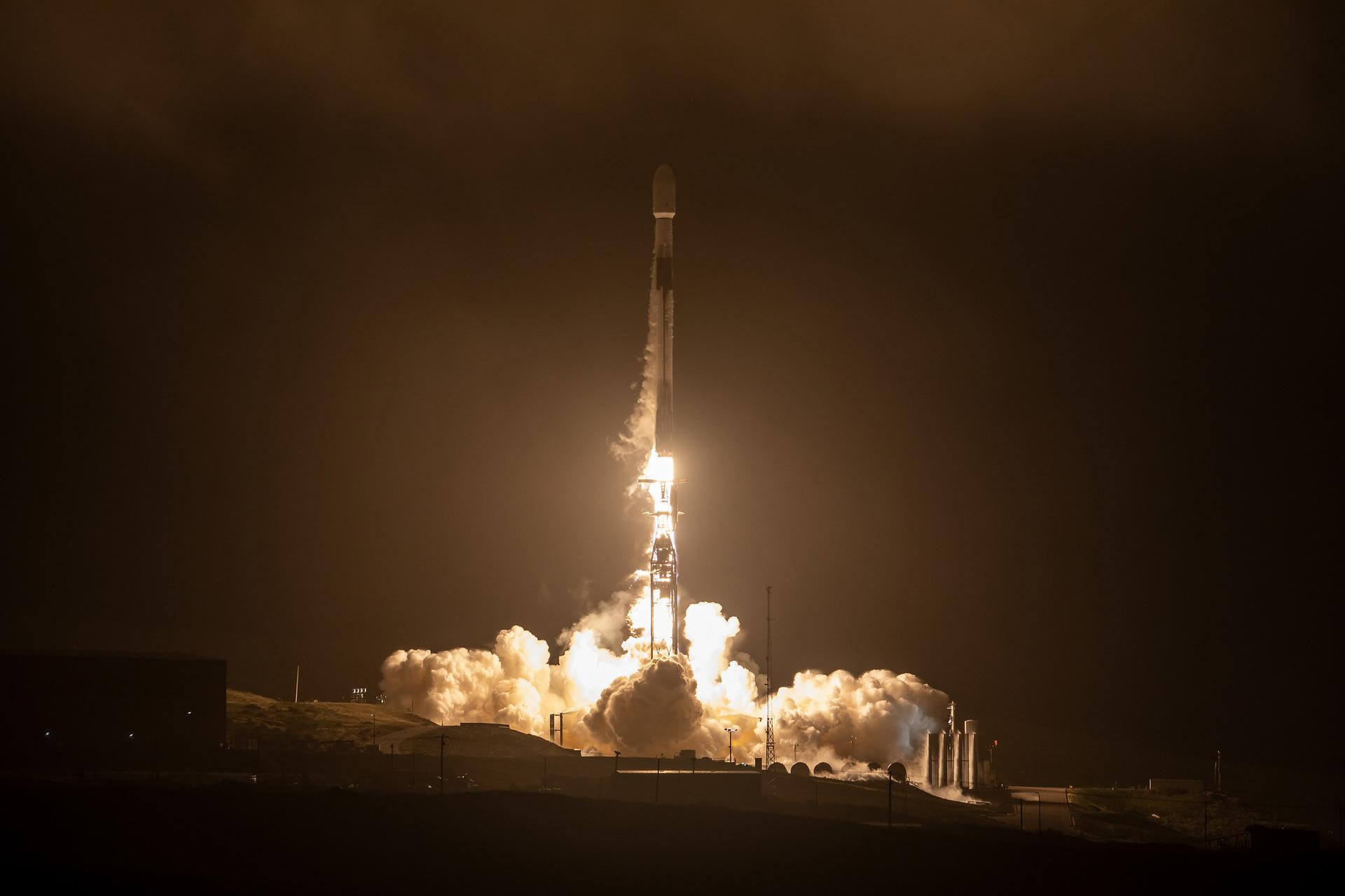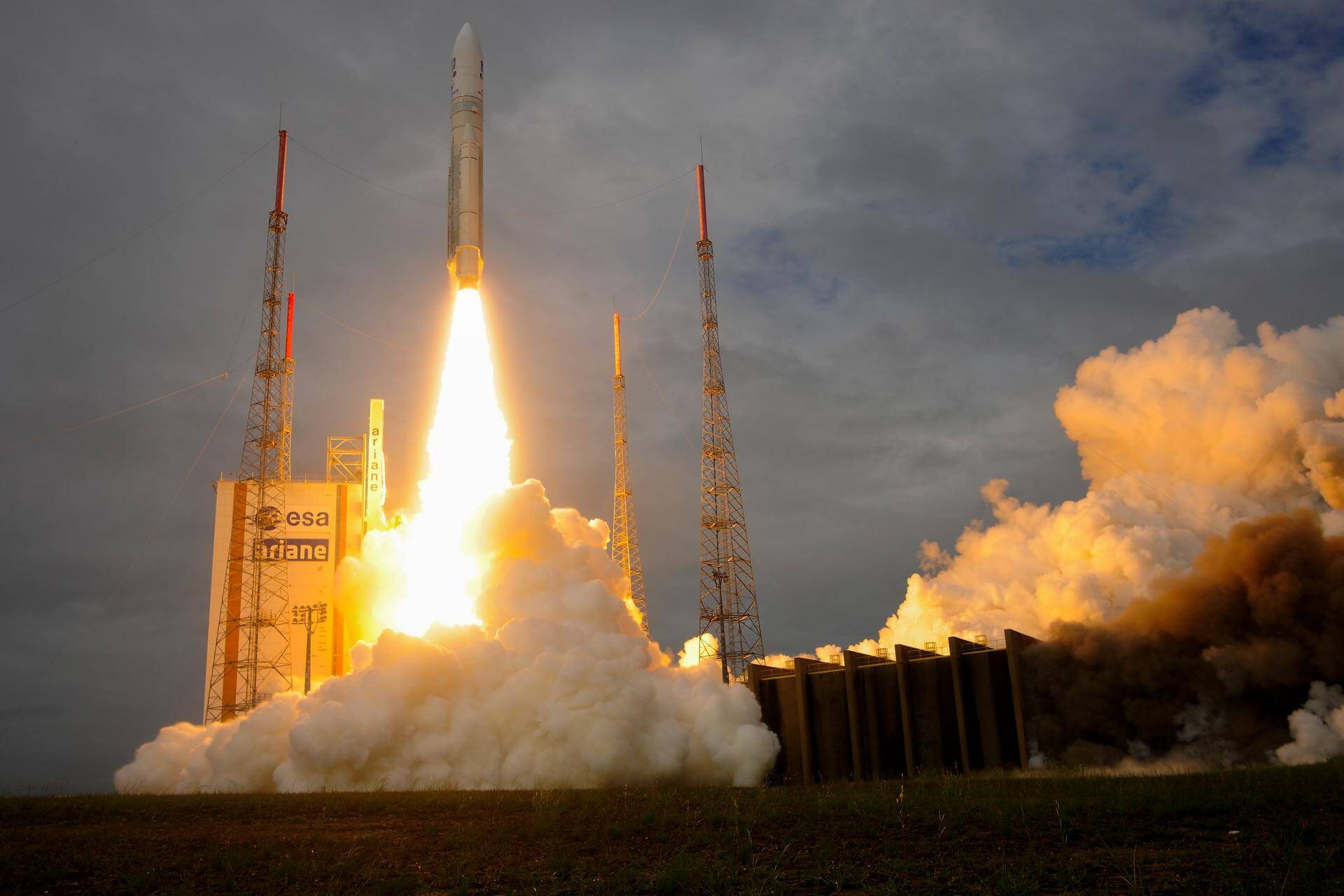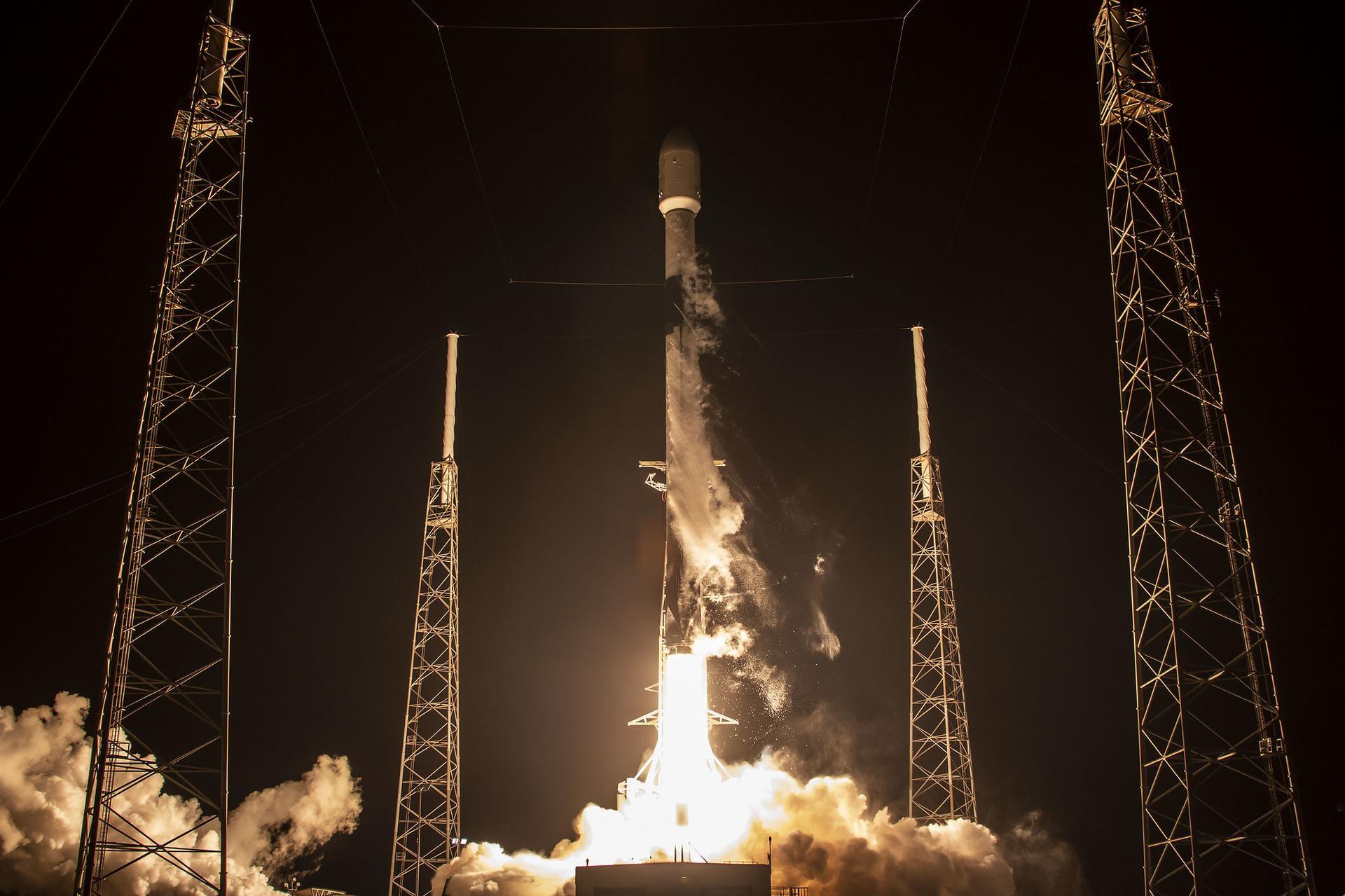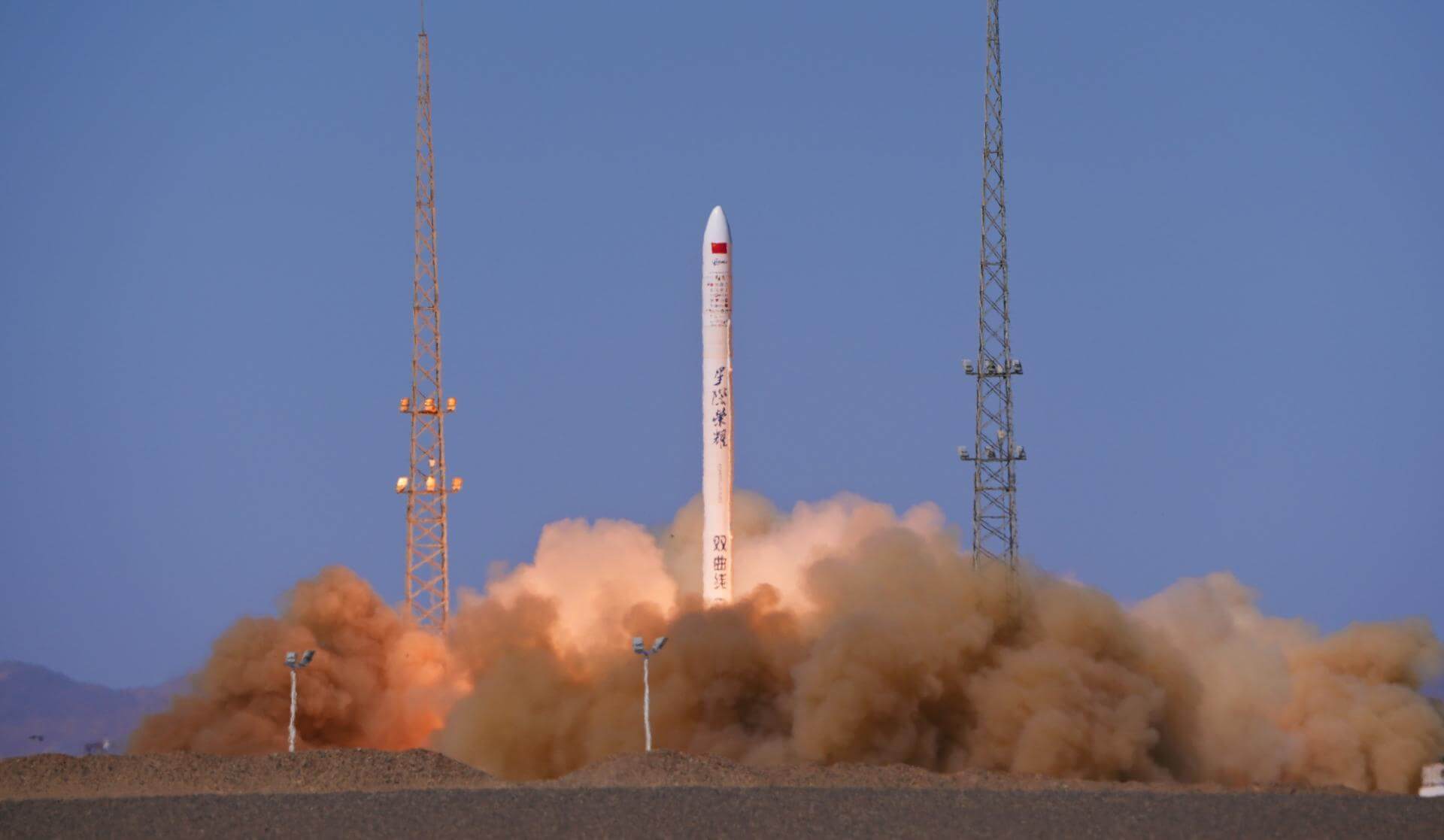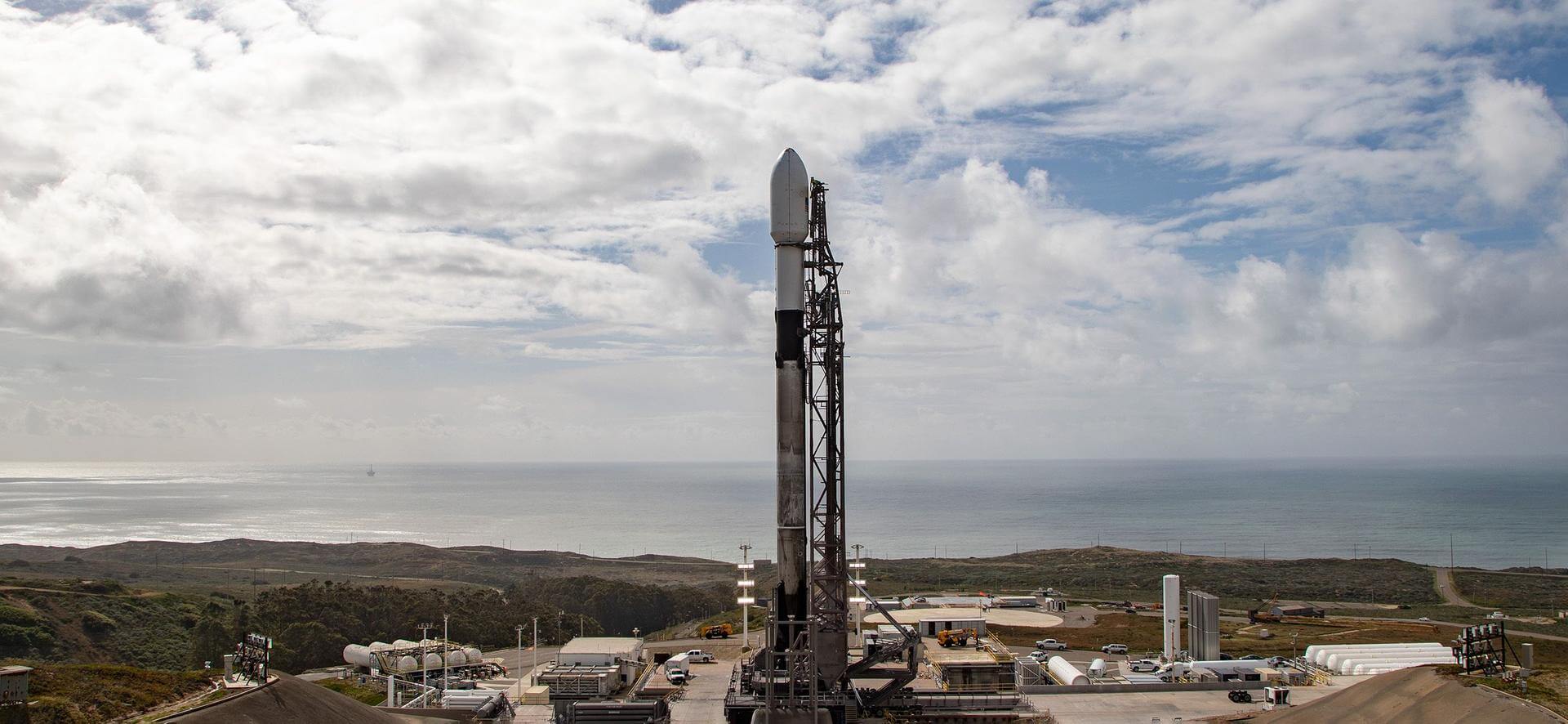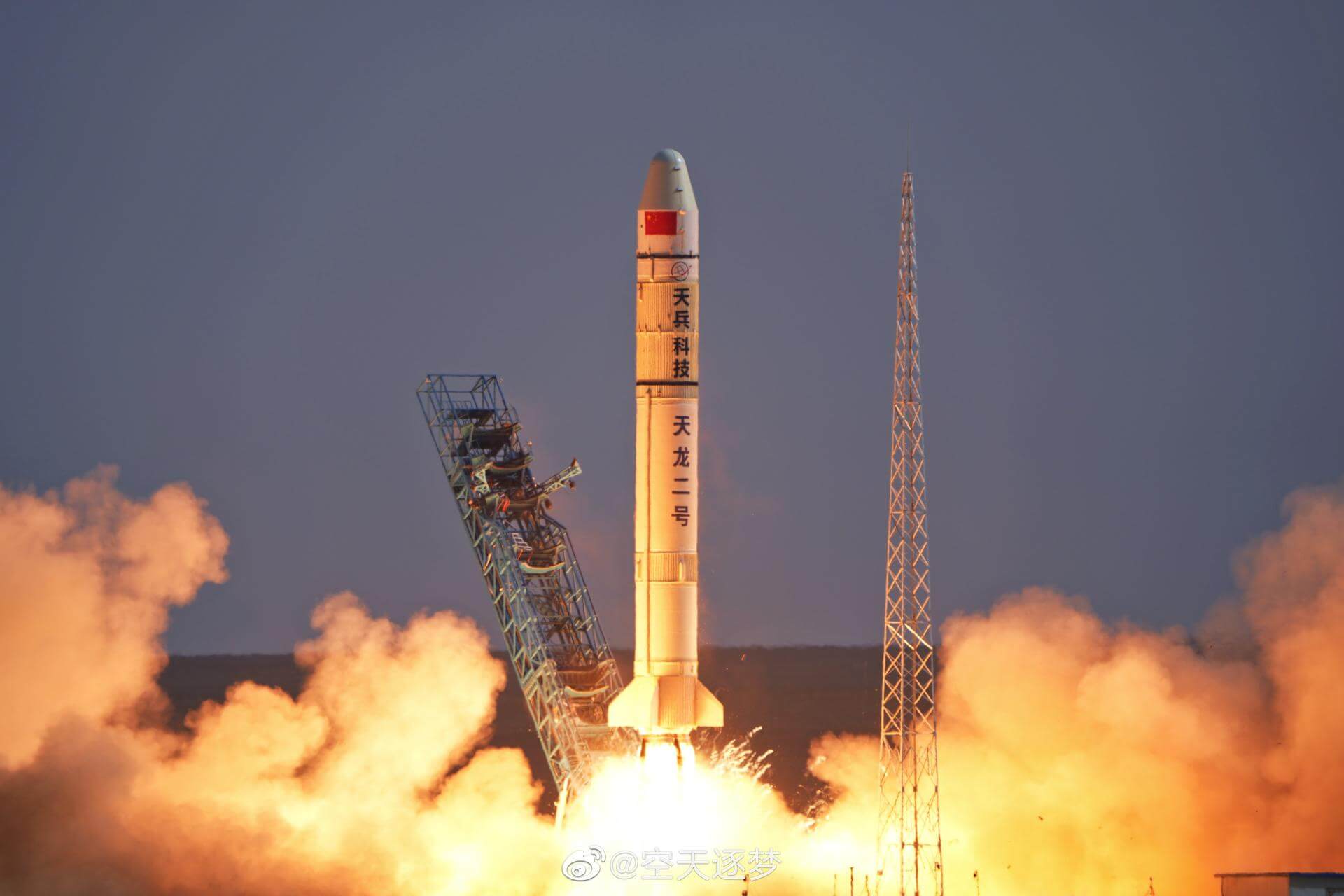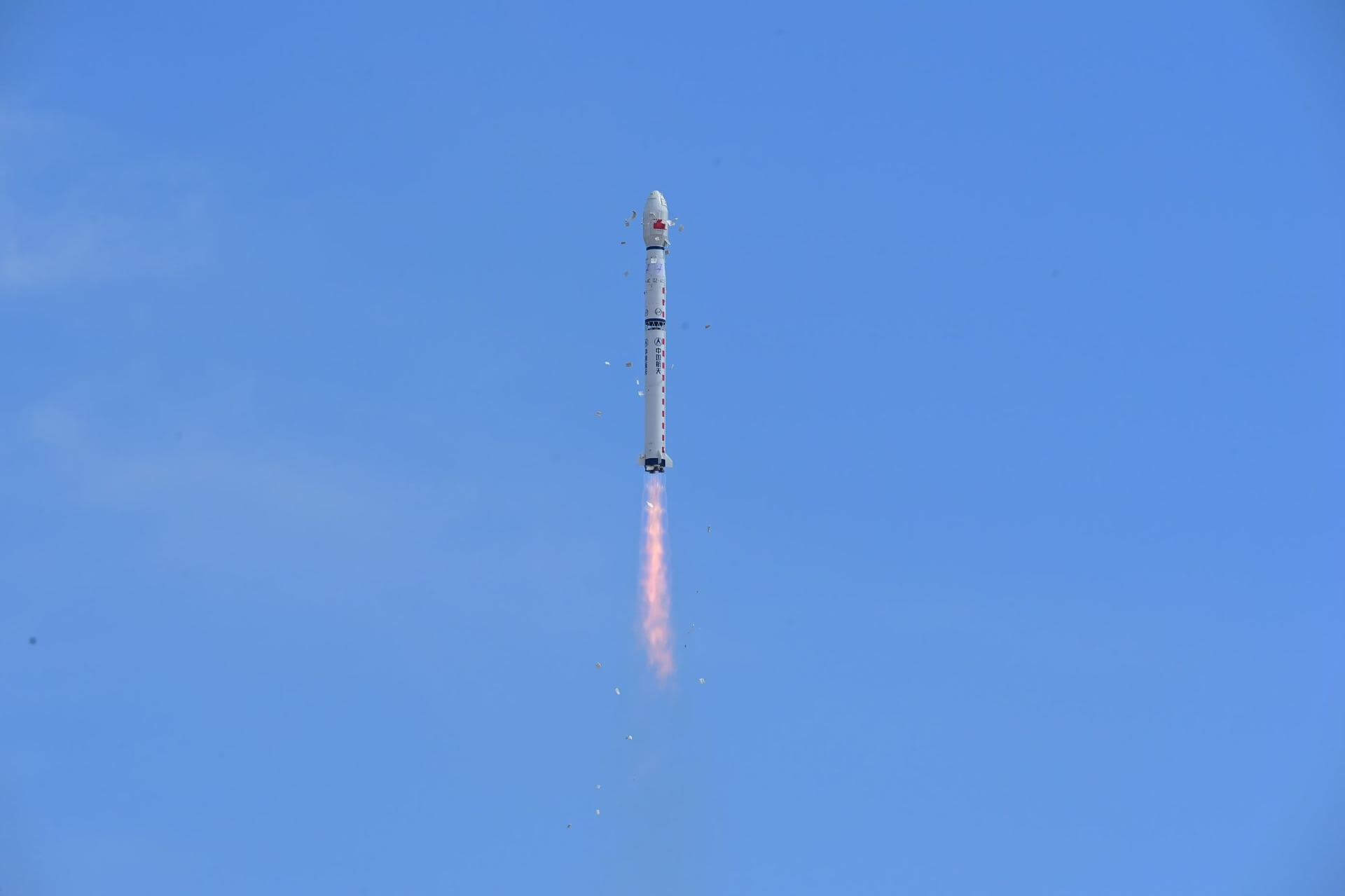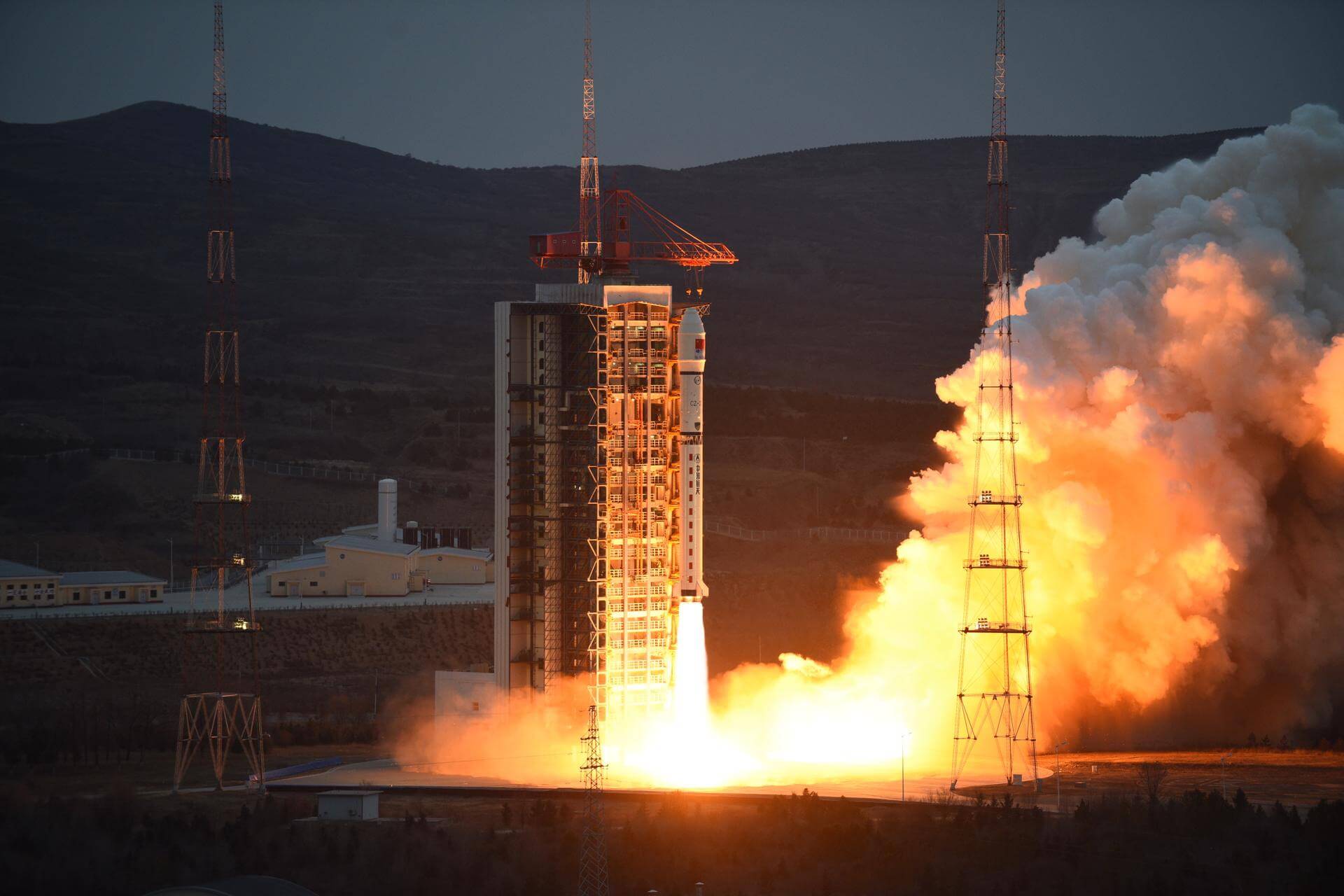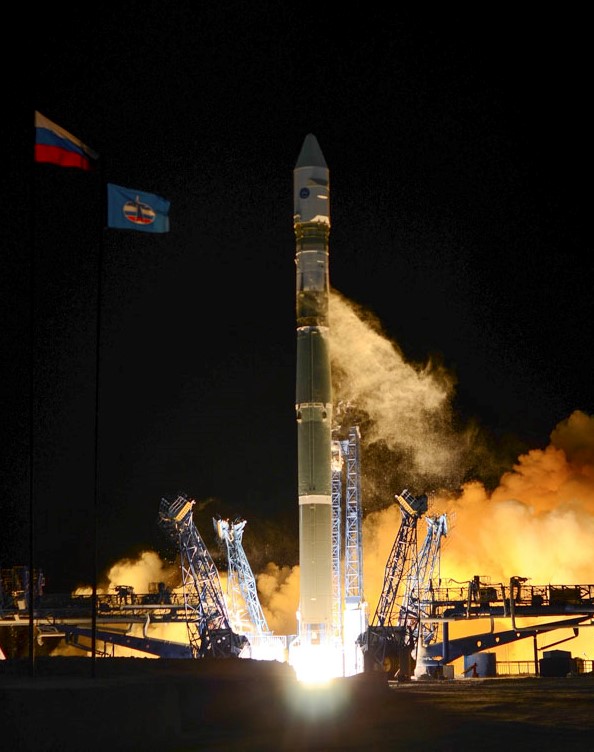Previous Spaceflight Launches
Filter by Agency, Locations or Vehicles
Show All LaunchesFalcon 9 Block 5 | Transporter 7 (Dedicated SSO Rideshare)
SpaceX | United States of AmericaVandenberg SFB, CA, USA
April 15, 2023, 6:47 a.m.
Ariane 5 ECA+ | JUICE (JUpiter ICy moons Explorer)
ArianeGroup | FranceGuiana Space Centre, French Guiana
April 14, 2023, 12:14 p.m.
Falcon 9 Block 5 | Intelsat 40e
SpaceX | United States of AmericaCape Canaveral SFS, FL, USA
April 7, 2023, 4:30 a.m.
Status: Launch Successful
Mission:
Intelsat 40e is an advanced geostationary satellite that will provide Intelsat’s government and enterprise customers across North and Central America with high-throughput, “coast-to-coast” services. The satellite’s capabilities will support the growing number of customers that depend on Intelsat’s managed services and solutions to easily integrate satellite into their overall networking and communications strategies. Hosted on the Intelsat 40e satellite is NASA’s Tropospheric Emissions: Monitoring of Pollution (TEMPO), an Earth science instrument that will observe air pollution over North America in unprecedented detail.
Geostationary Transfer Orbit B1076 - Flight Proven ( ) A Shortfall of GravitasHyperbola-1 | Dummy Payload
i-Space | ChinaJiuquan Satellite Launch Center, People's Republic of China
April 7, 2023, 4 a.m.
Falcon 9 Block 5 | SDA Tranche 0A
SpaceX | United States of AmericaVandenberg SFB, CA, USA
April 2, 2023, 2:29 p.m.
Tianlong-2 | Demo Flight
Space Pioneer | ChinaJiuquan Satellite Launch Center, People's Republic of China
April 2, 2023, 8:48 a.m.
Status: Launch Successful
Mission:
First launch of the Tianlong-2 and first launch for the Chinese private company Space Pioneer. It carried a dummy payload and the iTaikong Science cubesat to SSO for technology demonstration and public outreach Earth observation purposes.
Sun-Synchronous OrbitLong March 4C | Yaogan 34-04
China Aerospace Science and Technology Corporation | ChinaJiuquan Satellite Launch Center, People's Republic of China
March 31, 2023, 6:27 a.m.
Long March 2D | PIESAT-1 x 4
China Aerospace Science and Technology Corporation | ChinaTaiyuan Satellite Launch Center, People's Republic of China
March 30, 2023, 10:50 a.m.
Falcon 9 Block 5 | Starlink Group 5-10
SpaceX | United States of AmericaCape Canaveral SFS, FL, USA
March 29, 2023, 8:01 p.m.
Soyuz 2.1v | Kosmos 2568 (EO MKA-4)
Progress Rocket Space Center | RussiaPlesetsk Cosmodrome, Russian Federation
March 29, 2023, 7:57 p.m.
